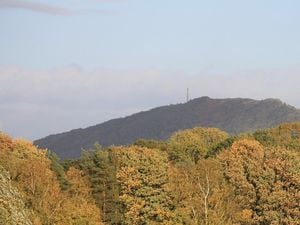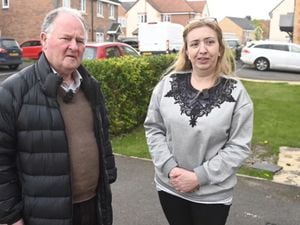Mike Lockley on badgers – are they a wonder of nature or a disease-spreading pest?
In a violent, dangerous world, the news has become a mere footnote for media outlets swamped by terrible tales of human slaughter, starvation and brewing conflict.
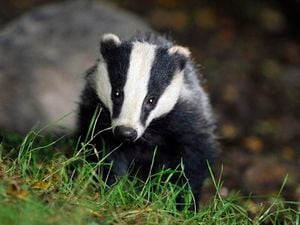
It is a story deemed too insignificant to make the 10 o’clock news. Yet, for the West Midlands, it is significant.
For lovers of nature, it is considered a hammer blow.
This month, our government dramatically shifted its stance on culling badgers to combat bovine TB, a disease that has blighted British cattle herds.
Despite a 2021 pledge to phase out the slaughter and phase in the vaccination of badgers and cattle, the cull could continue – and continue with a vigour not known since the scheme was introduced 11 years ago.
The introduction of target culling, or, to use its scientific name, “epidemiological culling”, in hot spots will see the resident badger populations near wiped out. Until now, the figure was capped at 70 per cent.
And there’s no end date. Culls will continue until the disease is considered under control, then replaced by vaccination programmes.
Far from falling silent, in some areas the guns will ring out louder than ever. The cull, once considered yesterday’s news, is very much today’s news.
It is bad or, if you are a cattle farmer, good news for our region. A map included in the Department for Environment, Food and Rural Affairs’ consultation document identifies the West Midlands, Staffordshire and Shropshire as high risk bovine TB areas.
The controversial cull has already taken a heavy toll on brocks, though figures since 2013 vary between pro and anti lobbies.
The Badger Trust say 260,000 have been killed – half this country’s population. Shropshire has been hit particularly hard, with 4,000 shot every year from 2020 to 2022.
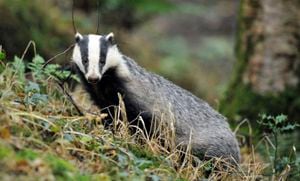
Since the cull began, around 14,000 badgers have been wiped out in Staffordshire, calculates the Staffordshire Wildlife Trust.
In all, there are around 70 death zones in the West Midlands.
My area – a rural haven straddling the Shropshire and South Staffordshire border – has, in the past, been targeted.
It is government sanctioned wildlife eradication on a colossal scale, dubbed a “catastrophe” by Badger Trust executive director Peter Hambly.
“The badger cull is the most toxic wildlife management strategy in Britain’s contemporary history,” said Mr Hambly. “The first thing this year’s new badger cubs will see when they come out of their sett is a gun.”
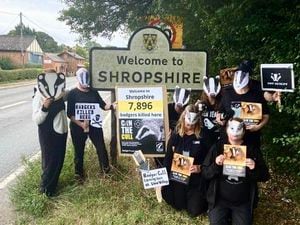
Emotive words, but is such a radical step needed to save England’s herds from the agonies of TB?
More importantly, has it worked?
It appears a definitive answer remains elusive, despite badger carcasses still being piled high.

